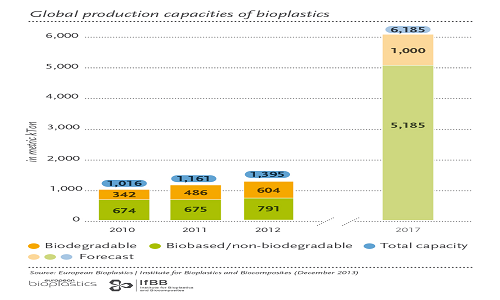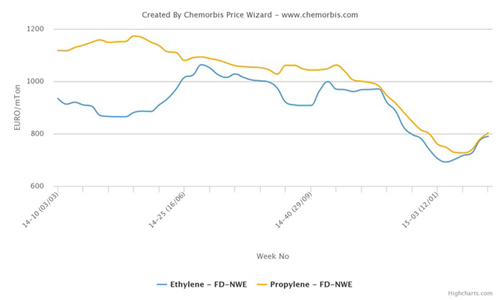Oil prices rose slightly on Thursday as talk of refinery shutdowns spurred stirred gasoline supply concerns, ending a six-day slide.
U.S. crude settled up 27 cents at $60.41 a barrel after briefly dipping below $60 to the lowest level since mid-May. Crude had fallen from $71 in the previous six sessions.
London Brent crude gained 67 cents to settle at $61.10 a barrel.
U.S. RBOB futures rose 3.05 cents, or 1.87 percent, to settle at $1.6638 a gallon after Valero Energy Corp said it had begun shutting its Aruba refinery due to poor economics.
In addition, Royal Dutch Shell Plc said it is conducting a strategic review of its Montreal East refinery in Canada, which may lead to a closure or sale as the industry struggles with weak profit margins.
“I think there was some bargain hunting on the gasoline market,” Tim Evans, energy analyst for Citi Futures Perspective, in New York.
“The Valero report that they were ramping down production at the Aruba refinery and Shell’s announcement that it was reviewing their East Montreal refinery makes gasoline supplies seem a little less secure.”
The summer gasoline season typically peaks during the July 4 Independence Day holiday, although U.S. weekly inventory data released on Wednesday showed a steeper-than-expected build in gasoline stocks. The gains helped push gasoline down 5.74 percent on Wednesday.
Global oil demand has been battered by the recession, leading to fuel inventory build that have weighed on markets.
U.S. inventories of distillates, which include diesel fuel used for transporting goods, hit a near 25-year high last week due to low demand, according to the U.S. weekly government statistics.
Fuel stocks held by the two top oil firms in No. 2 consumer China also rose moderately in June for the second month in a row due to high refinery runs and tepid consumption.
Optimism an economic turnaround could boost flagging global oil demand lifted crude off lows below $33 a barrel hit in December to over $70 a barrel last month, before weak fundamentals have begun to weigh.
“I think what’s happened is that reality has come back into the picture,” oil historian and analyst Daniel Yergin told Reuters in an interview.
“What we’ve seen the last week or two is a recognition that this is going to be a longer road and a more difficult recovery. I guess we’d say that supply and demand have walked back into the stage again.”
U.S. data showed the number of U.S. workers filing new claims for jobless benefits fell to the lowest level since January, but the seasonally adjusted data was distorted by an unusual pattern of layoffs in the automotive industry.
The yen and the U.S. dollar, which have seen support this week from risk aversion, fell following the decline in U.S. jobs claims, lending some support to commodities denominated in the greenback.
U.S. stock markets were mixed
Saudi Arabia was expected to maintain supply levels to customers in August, although two big refiners would receive significantly less crude, trade sources.
The world’s top exporter has throttled back on crude shipments as part of a series of production cutback agreed by OPEC last year to help support oil prices.
Source: news.chemnet.com






